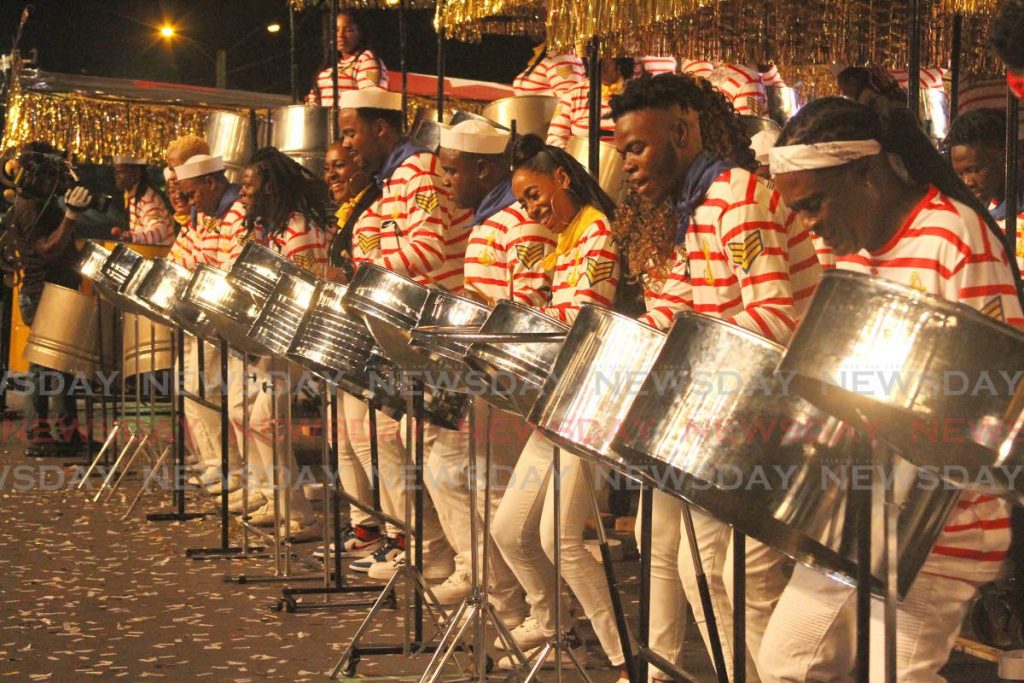Towards a viable steelband model

THE EDITOR: Many steelbands don't have security of tenure, much less a home for themselves. The patronage steelband model is based on inflows of funding from the private sector through sponsorship, or from the public sector through grants and the proceeds of competitions.
A third model that is emerging more strongly is a sustainable model that facilitates the development of autonomous income streams from business ventures. For this later model, security of tenure opens up a capital base from which steelbands can build. All Stars and Birdsong are examples of steelbands that are actively exploring this third option.
Pamberi, also, is working towards its version of a more sustainable model. Siparia Deltones is another active experiment that embodies a more sustainable approach. Fonclaire, too, has recently been sharing some information about its business initiatives.
The entertainment industry in a relatively small economy like TT probably cannot generate the level of turnover to support 100-plus steelbands as year-round organisations, and generate the level of funding needed for their sustainability, so the scope of the steelband business portfolio has to be more creative and broader-based.
Even before covid19 the TT energy-based economy was shrinking, as the impact of the global transition to alternative energy options has become more manifest. While a popular default position is to look to the State to underwrite the funding gap, the reality is any sustainable steelband model that is based primarily on substantial public sector funding, addresses primarily the expenditure side of the economic equation, but conversely underemphasises the revenue generation side of the said equation.
Certainly, in this regard, there is an urgent need to maximise the steelbands’ revenue-earning capacity at Carnival time, but undercapitalisation of steelband operations is an issue that must be addressed.
Too much of the funding inflow to steelbands at Carnival time goes back out to various service providers such as T-shirt manufacturers and printers, transportation entrepreneurs, chroming facilities, caterers and paint shops, because steelbands have historically been consumers of these services and not producers.
To stem that leakage, and ensure that more of that inflow is retained for sustainable steelband development, requires an investment in machinery, equipment and training.
Meanwhile, if the building of a steelband headquarters is conceptualised and organised as a collective enterprise involving all steelbands, it can become more realisable. It is also true that it is difficult to focus on external matters when utility bills and Panorama debts are so much more immediate and pressing realities for many steelbands.
We must applaud the professionalism and projection of the “big five” of the steelband world, because they set the standards of excellence. We must, at the same time also, recognise that the prevailing community steelband model is in need of a rethink and fundamental reorganisation if it is to survive in an economic sense.
Every single panyard is a music school that collectively creates and has created a massive critical mass of panists, arrangers, composers and a mind-boggling collection of orchestral music.
The issue is now that oil and gas are increasingly becoming a part of our history, how can we strategise and organise to make the steelband industry an integral component of our future well-being?
ANDRE MOSES
San Juan

Comments
"Towards a viable steelband model"